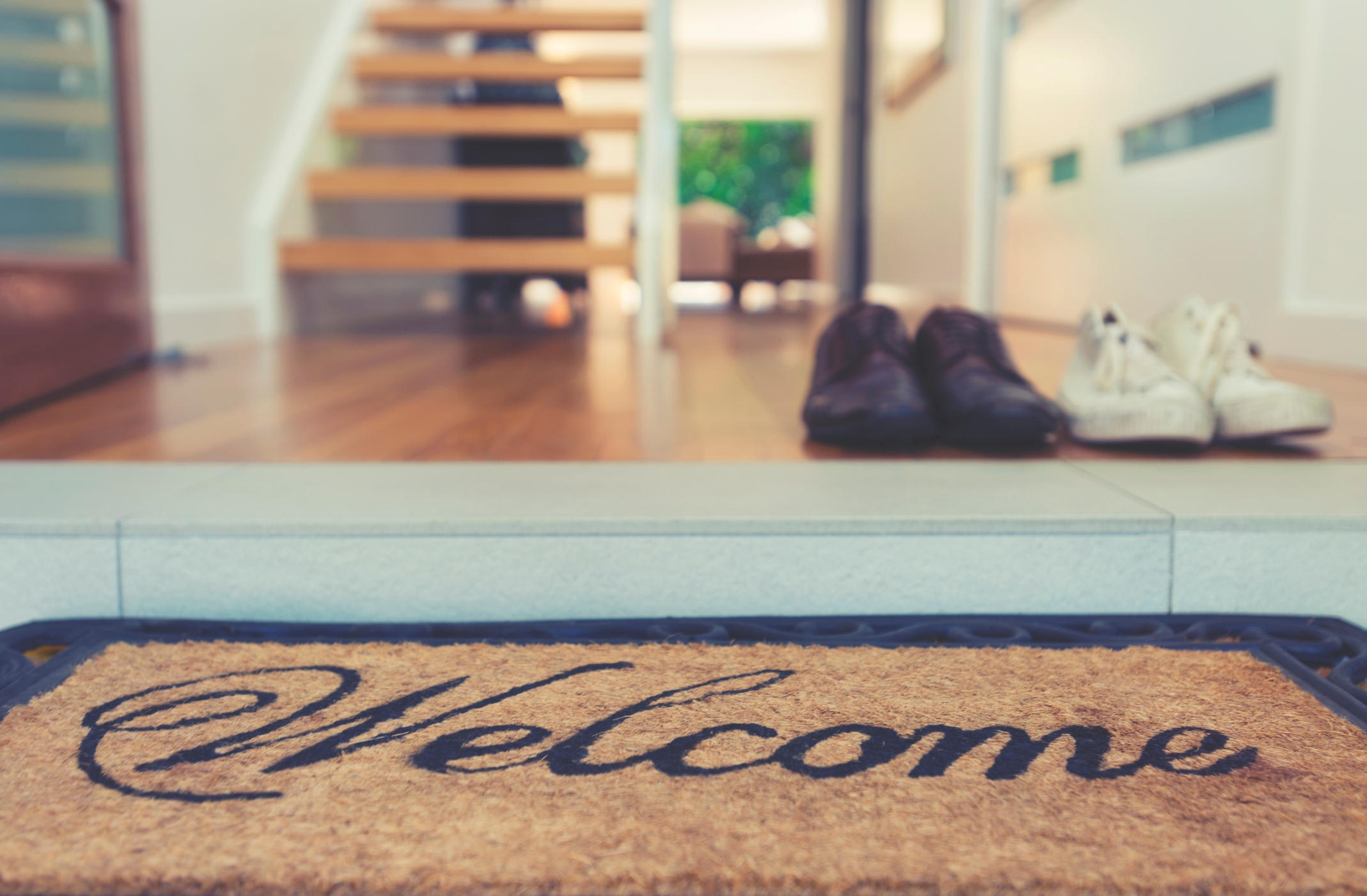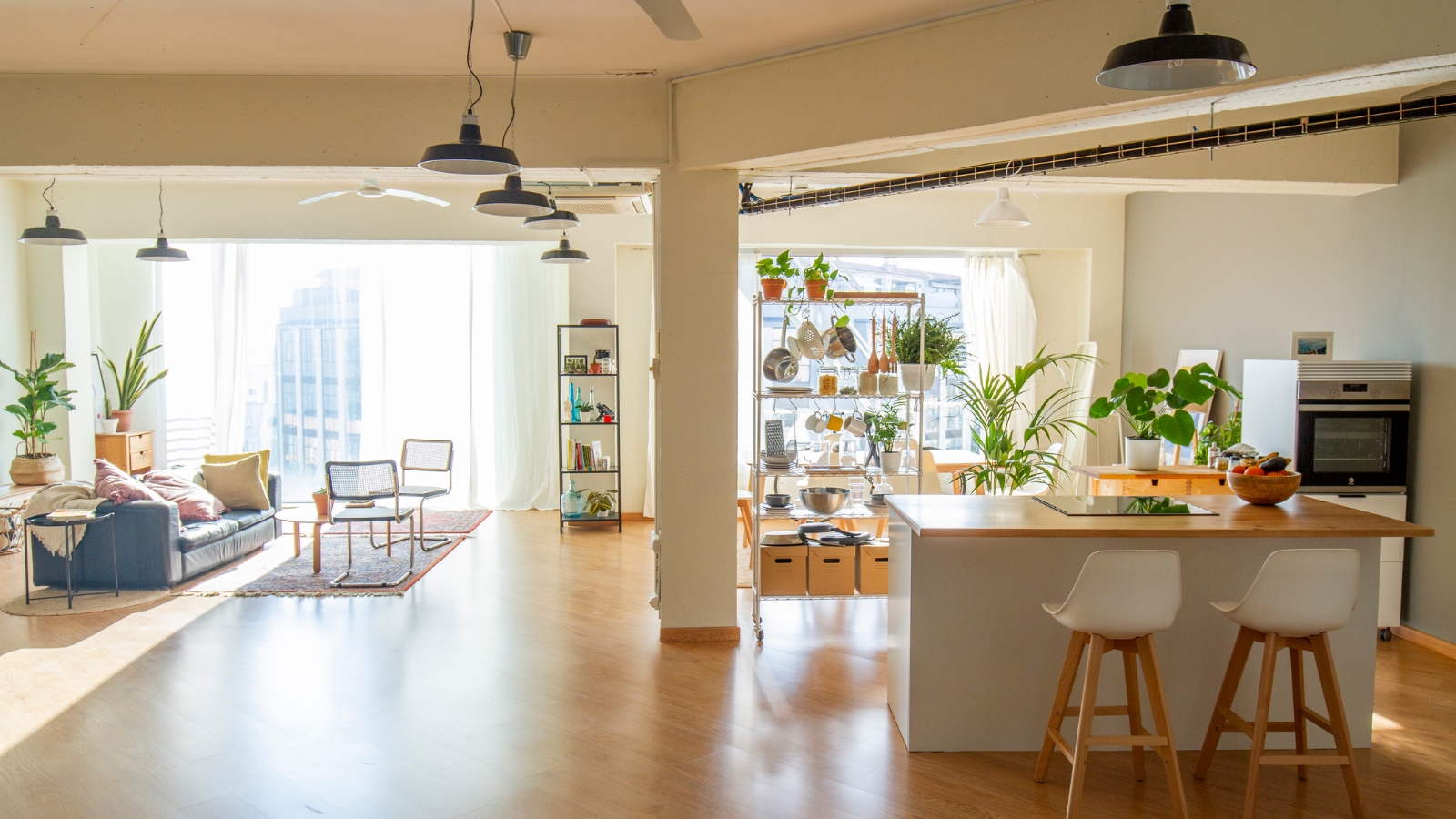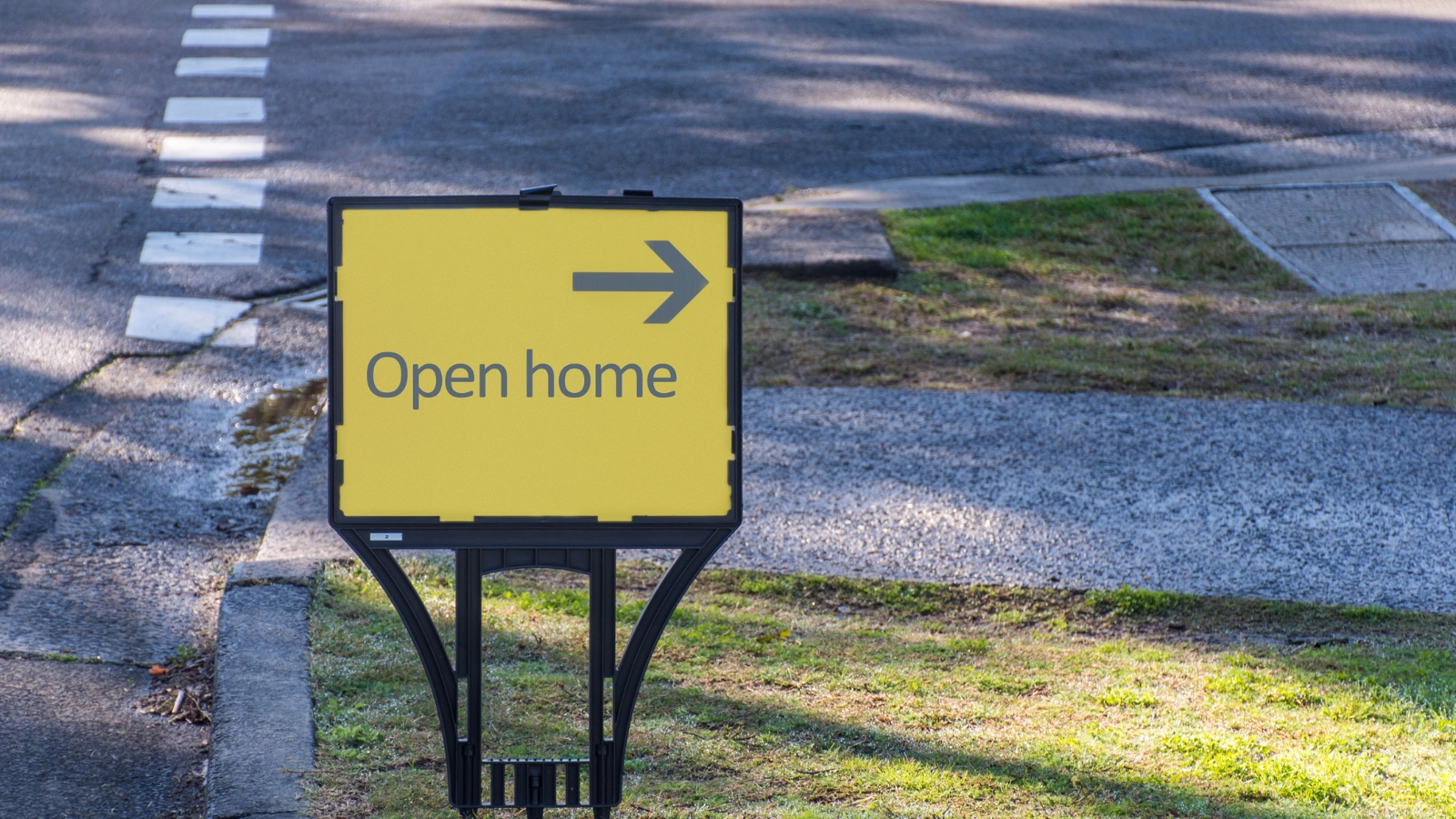Selling guide
Home staging: A complete guide for sellers
Get your property looking its beautiful best

In the real estate industry they say that good presentation can add as much as 10 to 15% to the eventual sale price of a home. If you’re selling a million dollar property, that could be as much as $150,000.
Home staging is one of the best ways to quickly and cost effectively improve your property’s presentation for sale. Here’s everything you need to know.
What is home staging?
Home staging is the process of improving a home’s appearance. The idea is to highlight your property’s best attributes and downplay its negatives, by arranging your and styling it in an appealing way.
If you hire a professional stager, they’ll usually provide and arrange furniture and decor items like art and flowers to get your property looking its absolute best.
If you stage your property yourself, you can use your existing furniture, and buy a few items to add a little flair to your space, like cushions and plants.
If you don’t have suitable furniture, or the time to buy and arrange items, it's usually better to hire a professional stager. Their fee might seem expensive, but if it fetches you a higher offer when you sell it will be well worth it.
Hiring a stager vs. DIY
You can either hire a professional to stage your home for you or do it yourself. If you’ve got an eye for design and plenty of nice furniture, doing it yourself is worth considering, but most people prefer to hire a stager. For a relatively low fee they’ll hire you all the furniture and decor items you need and make your property look amazing.
Hiring a property stager
How much does home staging cost?
Home staging services generally cost between $1,500 and $2,500 for a four week period, but can go up to $5,000 or more for premium services. You’ll find professional home stagers throughout New Zealand, with more in large centres like Auckland and Christchurch.
Prices vary, depending on the size of the home, the quality of service provided, and the length of time the property needs to be staged for.
The right furniture can make all the difference.
Things to know before you hire a property stager
Home stagers usually charge a simple, one-off fee quoted at the start of the job.
Most home stagers require a deposit up front, with the rest payable after the home staging is complete (although some require payment of the entire fee up front).
If cash is tight when you’re selling you could try to negotiate paying your stager after the property’s settlement.
Home staging includes hire of the furniture and decor items that the stager chooses for your home. Your home stager will move these in and arrange them themselves.
Most home staging services include furniture and decor hire and arrangement for four or five weeks. If your sale is expected to take longer you can usually negotiate an extended hire period for a fee.
Your home stager should speak to your real estate agent. The agent will be able to have an input on what areas are a priority.
How to find a home stager
There are countless home stagers in Auckland, Wellington, Christchurch and other major cities. Here are a few tips to help you find one:
Look for good online reviews or a word of mouth recommendation.
Check their portfolio to ensure you like their sense of style and that it fits with your home.
Choose a stager with formal training.
Get several quotes and choose your favourite person.
DIY staging a home for sale
If you’d rather not spend the money on staging, it’s a great idea to do a little work yourself. Here are a few tips to get you started:
Declutter and depersonalise
Less stuff is usually better when it comes to staging, so if your home is packed with knickknacks and furniture it may be an idea to move some of that to storage during the sale. It’s also recommended that you depersonalise by putting away stuff like family photos and kids drawings.
A staged home photographs better and comes across better during open homes.
Finish the jobs you haven’t done yet
Buyers like to think that if they purchase your home they won’t have any extra work to do. So, if there are little things around your property that need fixing, it’s a great idea to get them done while you’re staging – whether it’s a dent in a wall, or a stain in the carpet.
Create little moments
When you stage your home you want prospective buyers to be able to imagine moments they might enjoy in the property. A movie night in a cosy lounge, reading a book in a sunny courtyard, drinking coffee at the breakfast counter. Set up your furniture and staging to help them imagine what that might look like, and try to play it safe (strange or polarising furniture might turn people off).
Spend if you need to
Don’t be afraid to spend a little money on staging to fix the important stuff. For example, buying a new rug to replace a stained one, or choosing an art print to add some colour to a monotone room.
Don’t forget your outdoor area
Your outdoor area is just as important as your indoor when staging. First, consider street appeal and what you can do to improve the first impression your home gives off – perhaps a couple of plants may add some life, for example. Then remember to highlight the positive aspects of your outdoor spaces such as courtyards or decks, by placing inviting furnishings on them.
Author
Discover More
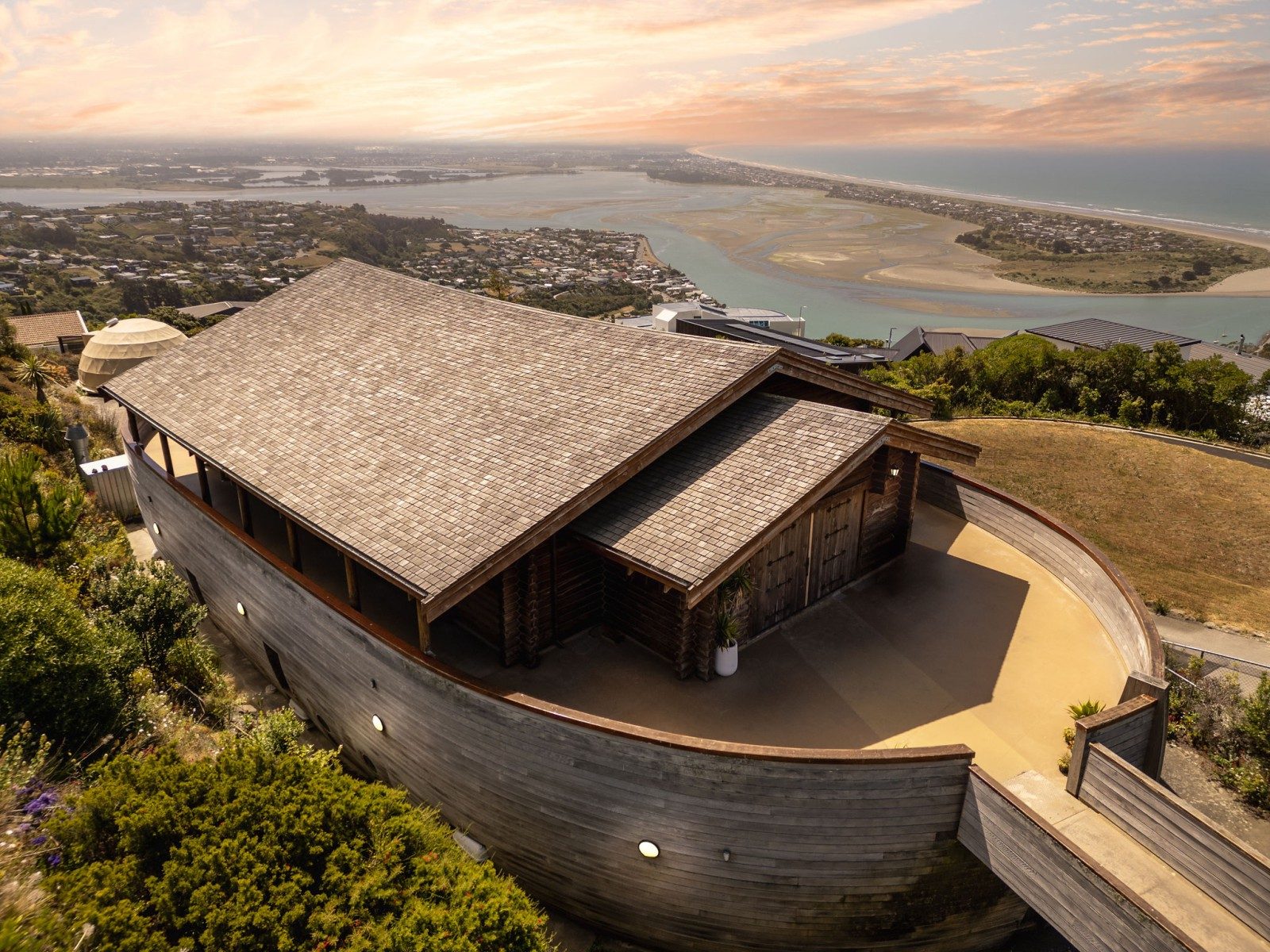
Trade Me’s most-viewed property listings of 2025 revealed: From an ark house to a golden retriever homestay
Needing inspiration? Trade Me's compiled the most popular property listings of 2025, see the homes Kiwi love to look at
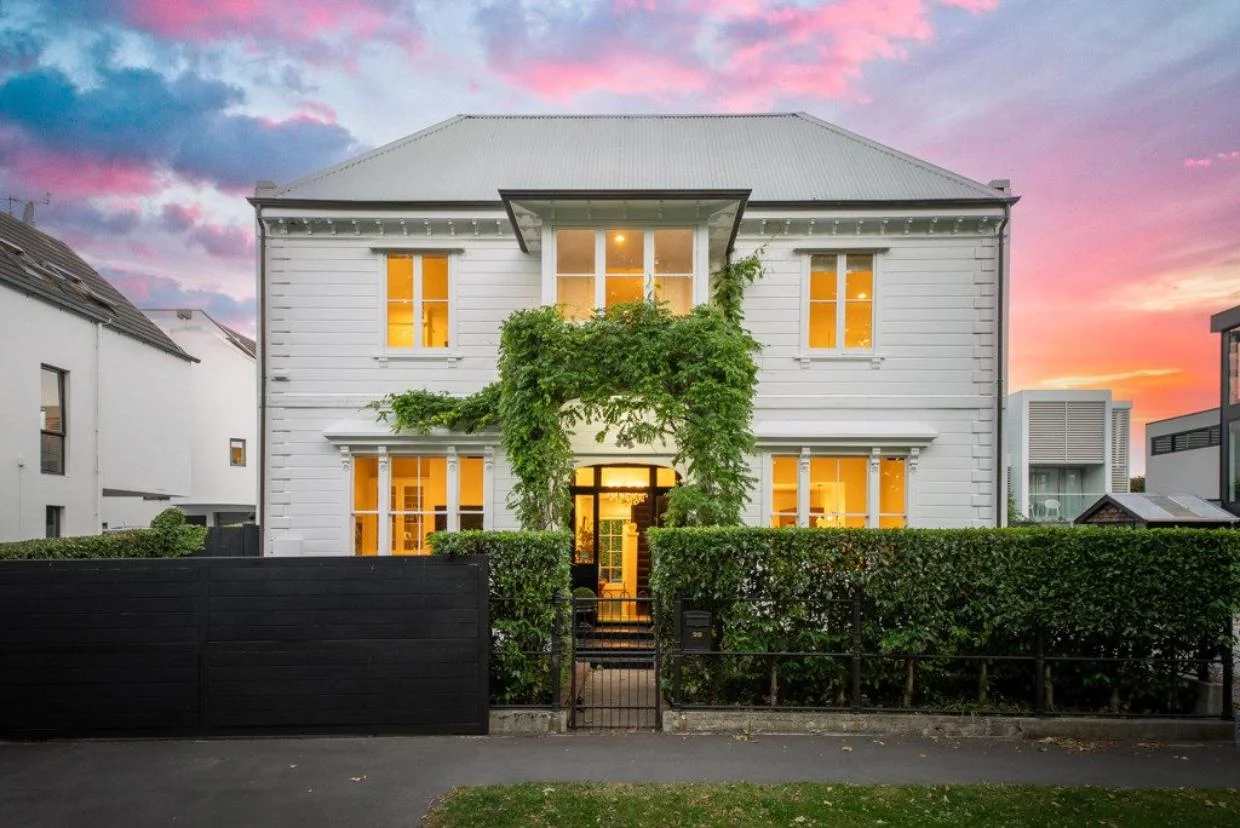
1800s landmark Christchurch house looking for new owners
A post-earthquake makeover has restored the splendour of this landmark house in Christchurch, which is for sale.
Search
Other articles you might like
